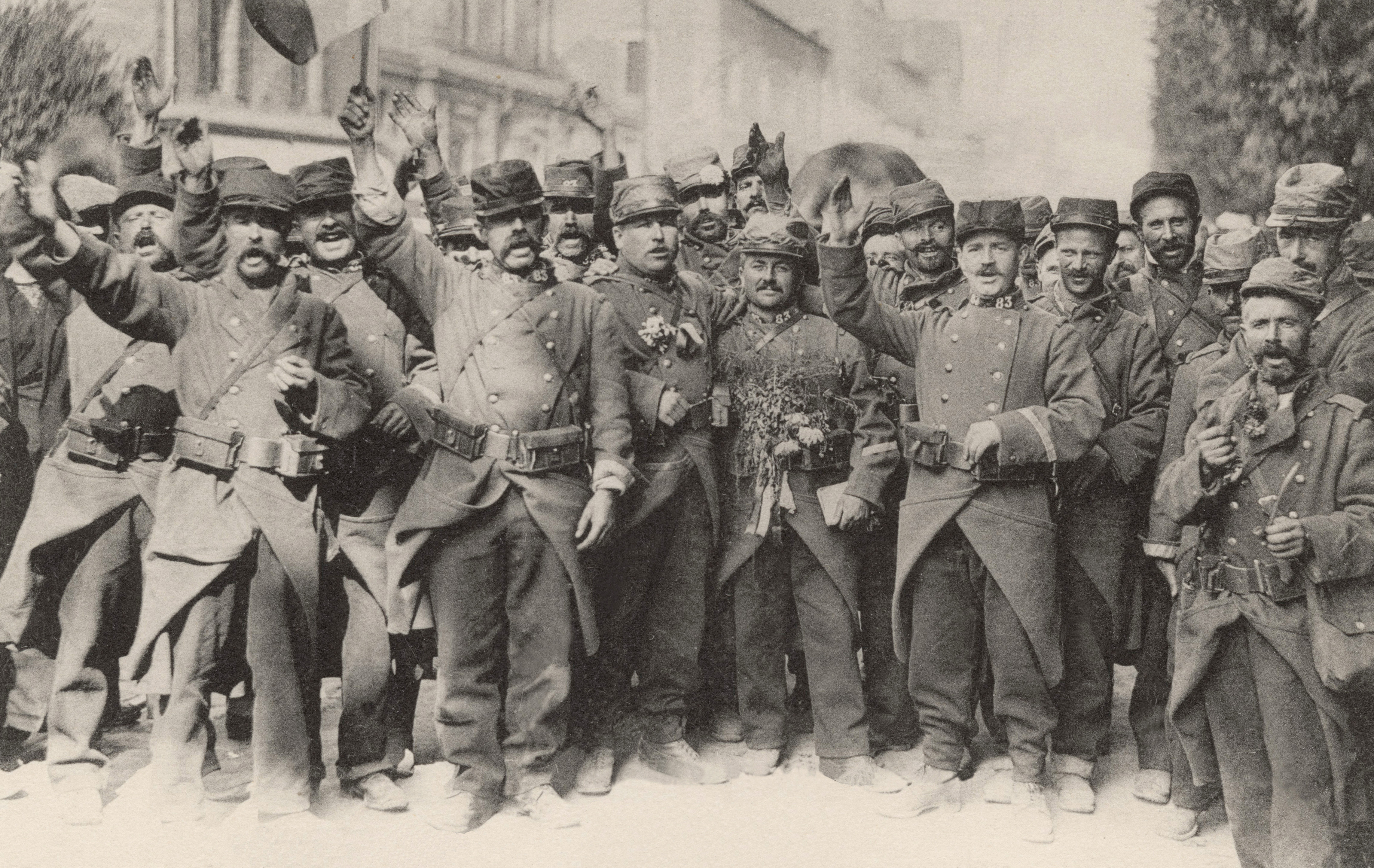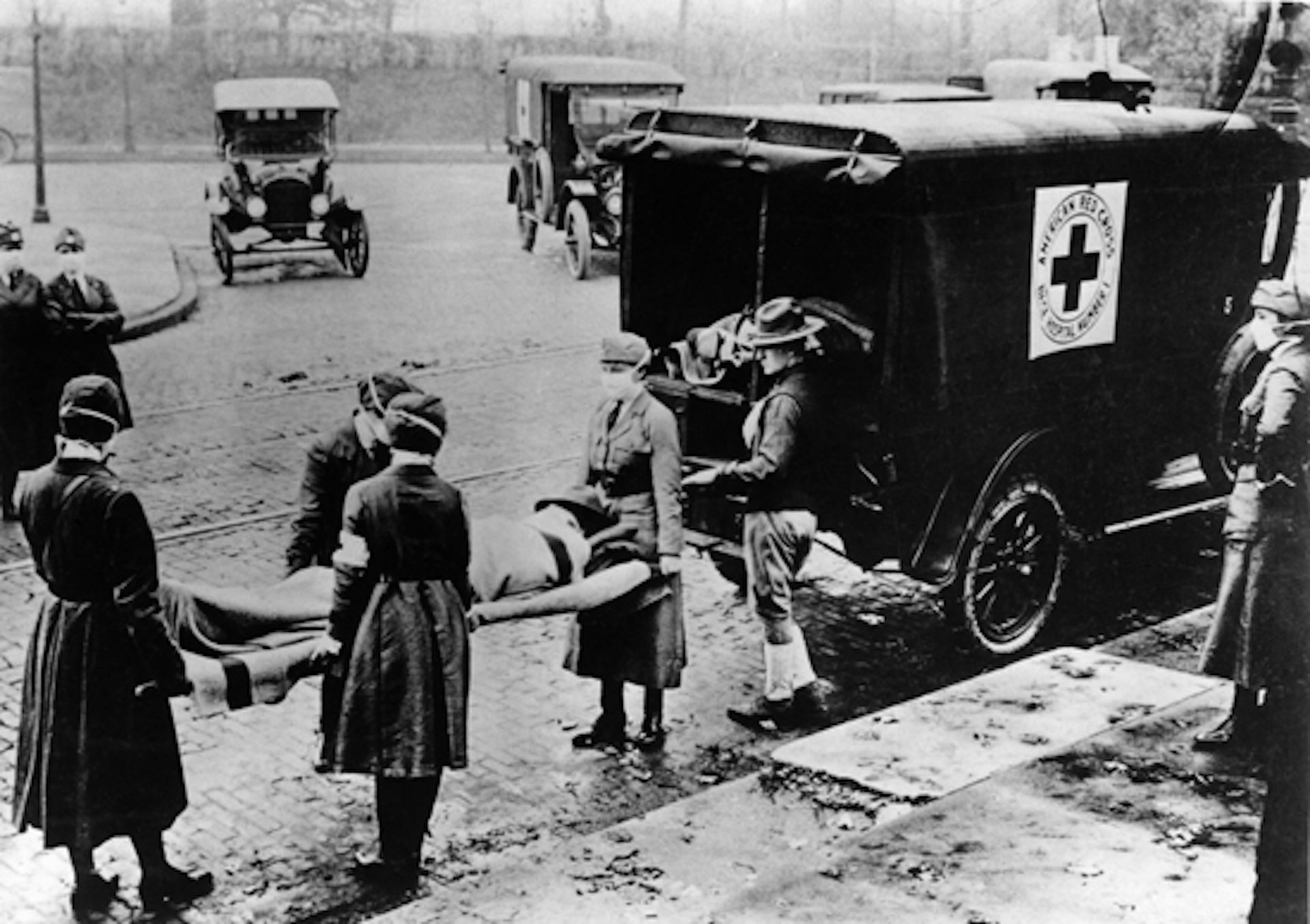

soldiers disembarked, had survived an epidemic of a milder flu strain earlier in 1918, but as John M. It may also have had more far-reaching consequences: the port city of Brest in France, where almost half of all U.S. In Arkansas, the flu ultimately killed more than 7,000 people. Because the press in Spain, a neutral country, was not censored into ignoring the epidemic as combatant countries did (for fear of lowering morale), it became known as the Spanish Flu. It killed eight million Spaniards with terrible speed. The 1918 flu would go on to kill more people in one year than the Black Death did in a century.Ĭonditions in 1918 were perfect for spreading the disease as civilian war workers moved around the country, draftees were sent to overcrowded training camps, and soldiers were shipped off to war in the cramped, stuffy holds of troop ships, which became known as “floating caskets.” Influenza spread to American cities and rural areas alike, as well as to the battlefields of France before spreading throughout Europe. Because the lack of oxygen in the blood seemed to turn the victims dark blue, purple, or black, comparisons were drawn to the “Black Death” (most likely bubonic plague) of the Middle Ages. They were strong, healthy young men whose lungs filled with fluid so quickly they drowned, sometimes within twelve hours of feeling sick. Within a month, 1,000 were sick, and almost fifty soldiers were dead. By noon, more than a hundred men joined him. In early March 1918, a soldier at Camp Funston went on sick call complaining of headache, sore throat, muscle aches, chills, and fever. In February 1918, after visiting their families in Haskell (where there were reports of people dying from severe flu) several soldiers on leave reported back to duty at Camp Funston, part of the Fort Riley complex in eastern Kansas. With the entry of the United States into World War I on April 6, 1917, men were drafted and sent to large training camps before being transported to Europe. Scientists theorize that the 1918 strain may have begun in rural Haskell County, Kansas, where people lived close to their pigs and poultry. Modern researchers have also discovered the flu’s ability to mutate from animals to humans. The disease was very quick, very contagious, and had the ability to mutate into different strains, so treatment for one strain might not work for another. French doctors called it la grippe (from the word “seize” or “grasp,” as the illness tenaciously gripped its victims). By the eighteenth century, it was called influenza di freddo, or “influence of the cold,” as Italian doctors thought it might be caused by a chill. They called it the influentia in medieval Latin, believing it was caused by an adverse influence of the stars or alignment of the planets. In the fourteenth century, Italian doctors noted a mysterious illness that often turned into an epidemic.

This flu’s history remains significant today as world health officials seek to prevent an outbreak of a similar influenza epidemic mutated from swine or “bird flu” from poultry.

In Arkansas, the flu killed about 7,000 people, several times more than the state lost during World War I. A deadly influenza outbreak began in 1918 and spread around the world, killing more people than any other outbreak of disease in human history.


 0 kommentar(er)
0 kommentar(er)
